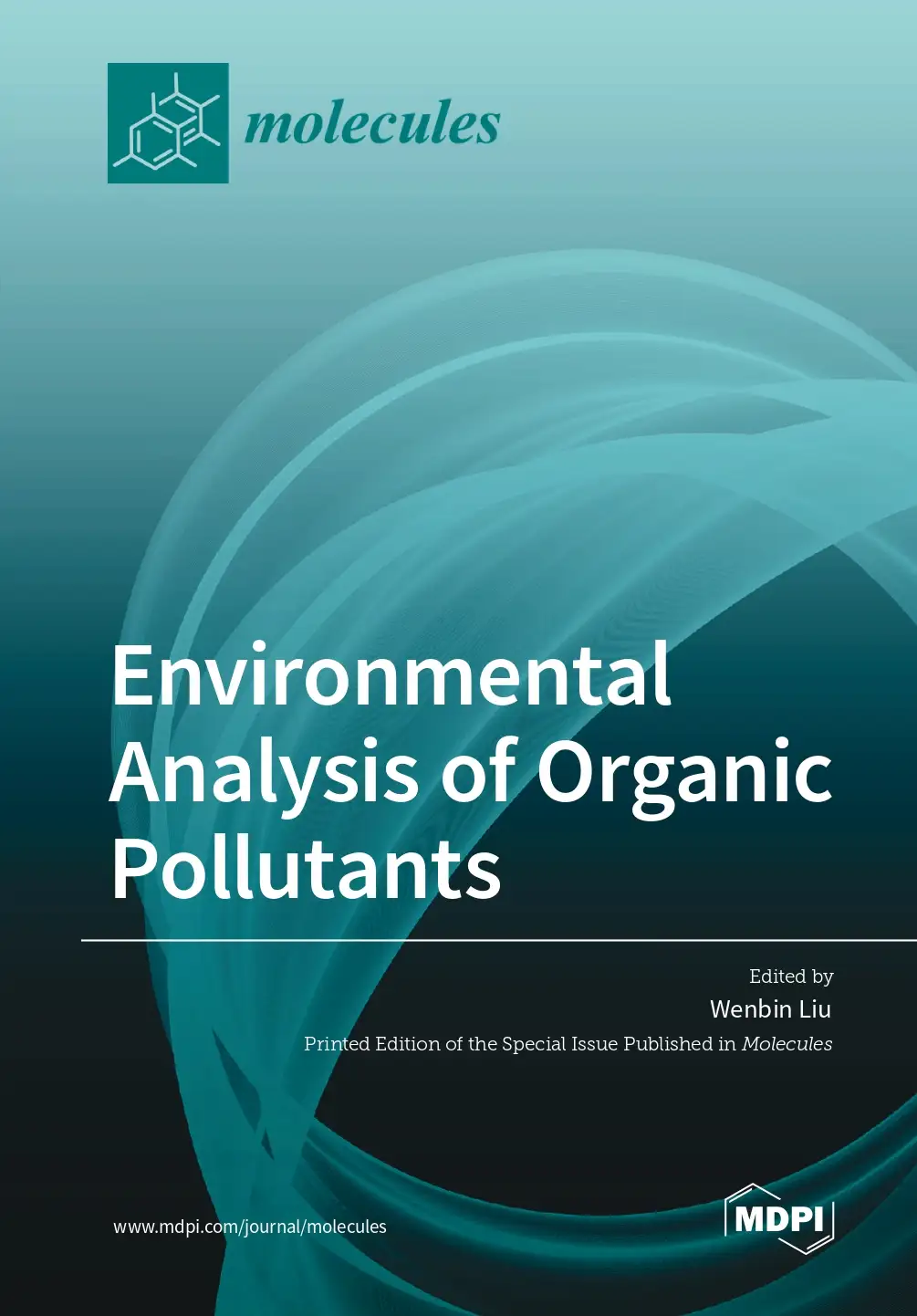Land Use and Water Quality
This collection of 11 papers introduces broad topics covering various professional disciplines related to the research arena of land use and water quality. The papers exemplify the important links between agriculture and water quality in surface and ground waters as well as the pollution problems around urban areas. Advancement of new technologies for analyzing links between land use and water quality problems as well as insights into new tools for analyzing large monitoring datasets are highlighted in this collection of papers.
Land Use and Water Quality
This collection of 11 papers introduces broad topics covering various professional disciplines related to the research arena of land use and water quality. The papers exemplify the important links between agriculture and water quality in surface and ground waters as well as the pollution problems around urban areas. Advancement of new technologies for analyzing links between land use and water quality problems as well as insights into new tools for analyzing large monitoring datasets are highlighted in this collection of papers.
Water Toxicity Monitoring using Optical Oxygen Sensing and Respirometry
Introduction
Approximately one third of available freshwater is currently used for agricultural, industrial or domestic purposes. This results in contamination of the water with a wide range of pollutants originating from ~300 million tons of compounds used in industrial and consumer products, ~140 million tons of fertilizers, several million tons of pesticides, 0.4 million tons from oil and gasoline spillages.
Water Toxicity Monitoring using Optical Oxygen Sensing and Respirometry
Introduction
Approximately one third of available freshwater is currently used for agricultural, industrial or domestic purposes. This results in contamination of the water with a wide range of pollutants originating from ~300 million tons of compounds used in industrial and consumer products, ~140 million tons of fertilizers, several million tons of pesticides, 0.4 million tons from oil and gasoline spillages.
Assessing Water Quality by Statistical Methods
Water, indispensable for life, has became scarcer in the last period due to overexploitation and pollution. Deforestation, urbanization, and, generally, agricultural and economic development lead to the water quality decreasing not only of the surface water, but also of the groundwater, endangering the water reserve.
Assessing Water Quality by Statistical Methods
Water, indispensable for life, has became scarcer in the last period due to overexploitation and pollution. Deforestation, urbanization, and, generally, agricultural and economic development lead to the water quality decreasing not only of the surface water, but also of the groundwater, endangering the water reserve.
Chromatography
Chromatography is a physical method of separation in which the components to be separated are distributed between two phases one of which is stationary (stationary phase) while the other (the mobile phase) moves through it in a definite direction.
Chromatography
Chromatography is a physical method of separation in which the components to be separated are distributed between two phases one of which is stationary (stationary phase) while the other (the mobile phase) moves through it in a definite direction.



















